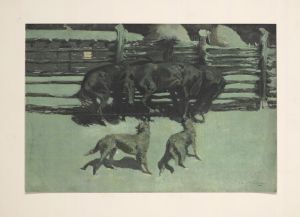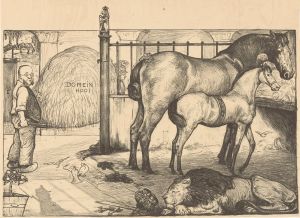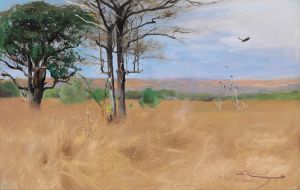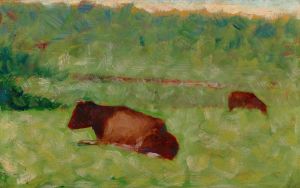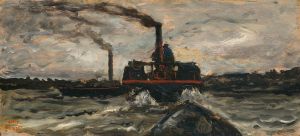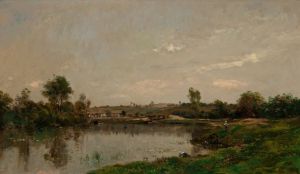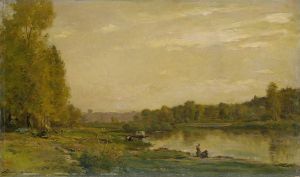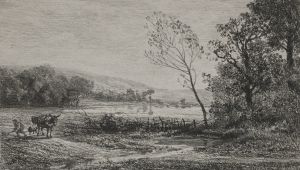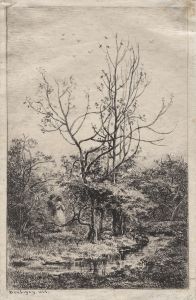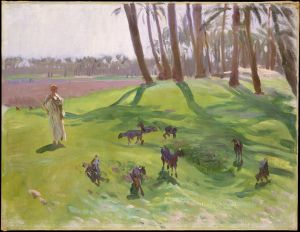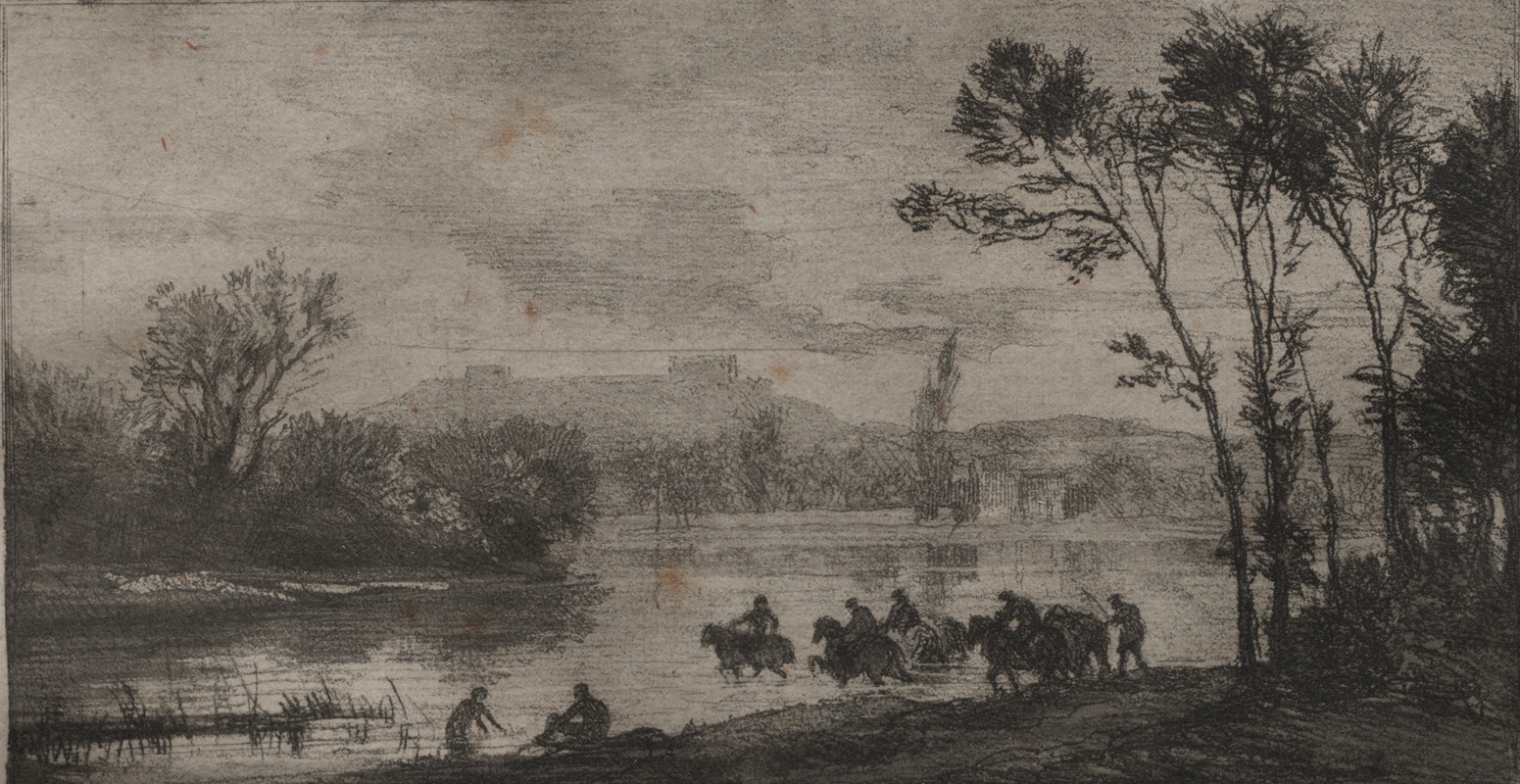
The Little Cavaliers
A hand-painted replica of Charles François Daubigny’s masterpiece The Little Cavaliers, meticulously crafted by professional artists to capture the true essence of the original. Each piece is created with museum-quality canvas and rare mineral pigments, carefully painted by experienced artists with delicate brushstrokes and rich, layered colors to perfectly recreate the texture of the original artwork. Unlike machine-printed reproductions, this hand-painted version brings the painting to life, infused with the artist’s emotions and skill in every stroke. Whether for personal collection or home decoration, it instantly elevates the artistic atmosphere of any space.
Charles François Daubigny was a prominent French painter associated with the Barbizon School, a movement that emerged in the mid-19th century. Known for his landscape paintings, Daubigny played a significant role in the transition from traditional to modern art, influencing the Impressionists with his innovative techniques and focus on natural light.
"The Little Cavaliers" is one of Daubigny's works, although specific details about this particular painting are scarce. Daubigny’s oeuvre primarily consists of landscapes, often depicting serene river scenes, rural environments, and the countryside around Paris. His work is characterized by a loose, expressive brushstroke and a keen interest in capturing the transient effects of light and atmosphere.
Daubigny was born in Paris in 1817 and was initially trained by his father, Edmé François Daubigny, a landscape painter. He further honed his skills by studying under the academic painter Paul Delaroche. Daubigny’s early works were influenced by the classical landscape tradition, but he gradually developed a more naturalistic style. In the 1840s, he began painting en plein air, or outdoors, which allowed him to observe and depict nature with greater immediacy and authenticity.
In 1857, Daubigny purchased a boat, which he converted into a floating studio. This enabled him to travel along the rivers Oise and Seine, painting directly from nature. This innovative approach not only allowed him to capture the changing effects of light and weather on the landscape but also inspired future Impressionists, such as Claude Monet and Camille Pissarro, who admired his dedication to painting en plein air.
Daubigny’s work received critical acclaim during his lifetime. He exhibited regularly at the Paris Salon, where he was awarded medals in 1848, 1853, and 1855. His reputation as a leading landscape painter was further solidified when he was appointed to the jury of the Salon in 1866. Despite his success, Daubigny remained committed to his artistic vision, often choosing to depict humble, everyday scenes rather than grandiose or historical subjects.
While specific information about "The Little Cavaliers" is limited, it is likely that the painting reflects Daubigny’s characteristic style and thematic interests. His works often convey a sense of tranquility and harmony with nature, achieved through his masterful use of color and light. Daubigny’s influence on the Impressionists is well-documented, and his legacy as a pioneer of modern landscape painting endures.
Daubigny passed away in 1878, but his contributions to art continue to be celebrated. His works are held in major museums around the world, including the Louvre in Paris and the National Gallery in London. Through his innovative techniques and dedication to capturing the beauty of the natural world, Daubigny left an indelible mark on the history of art.






